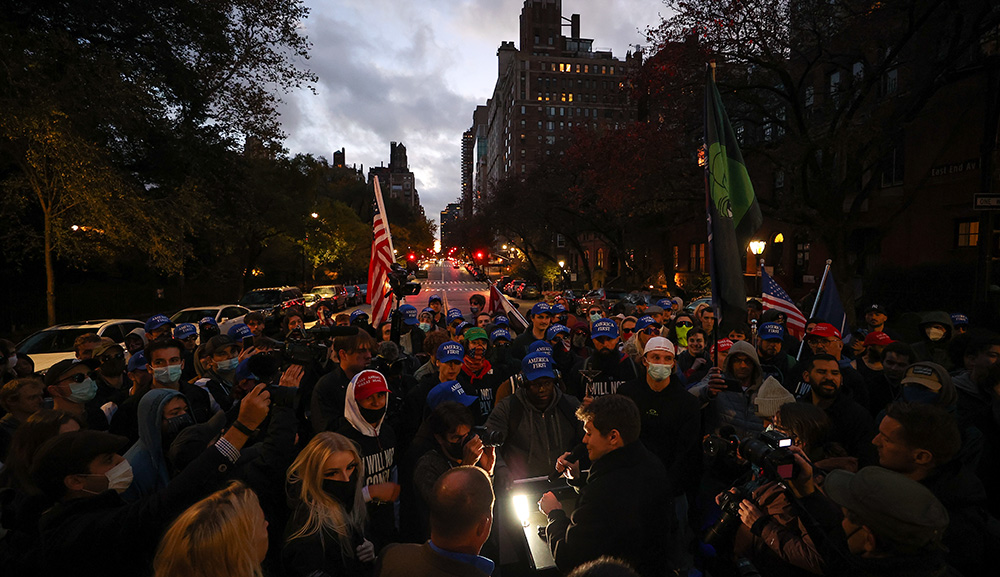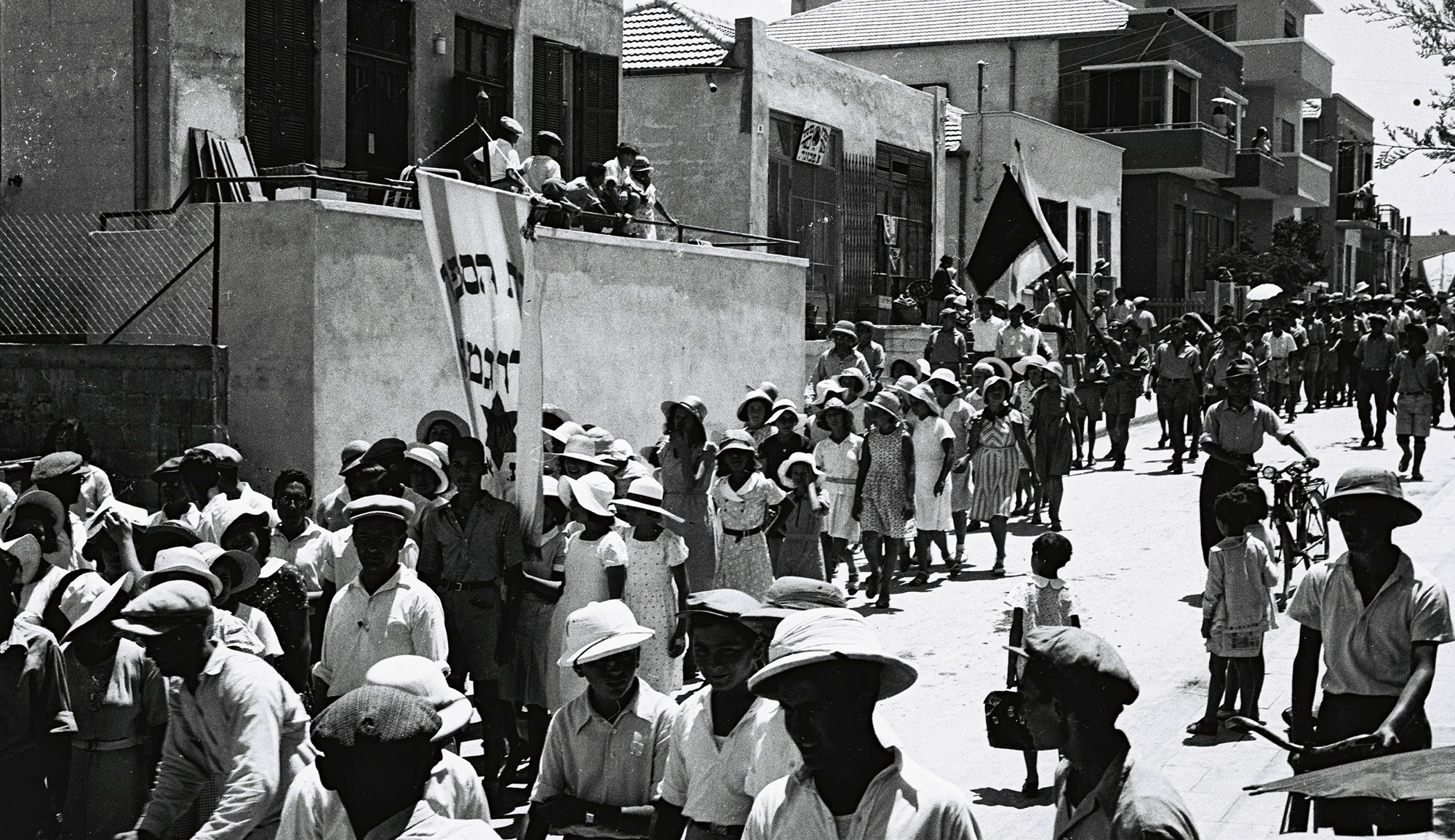Although the Smithsonian has for a century held one of the most impressive collections of religious artifacts anywhere, only now, for the first time, has it created an exhibition dedicated solely to religion. Jenna Weissman Joselit writes in her review:
[The curator, Peter] Manseau has populated Religion in Early America with objects that range in scale and variety as well as religious affiliation. From a miniature Noah’s Ark, a child’s toy of the 1820s, to a mighty church bell from Paul Revere’s foundry (yes, that Paul Revere), the exhibition also contains the restrained bonnet of a Quaker woman, an early edition of the Book of Mormon, a thirteen-page handwritten text in Arabic that outlines the basic teachings of Islam, and a hand-woven basket used to “pass the plate” in a Baptist church in Virginia.
There’s something for everyone. Even the early republic’s tiny Jewish community—all but invisible amid the thousands of churches then thick on the ground—is present and accounted for, especially within the catalog, whose pages are flanked by images of a Torah scroll and a beribboned Torah mantle. I suspect that those with a penchant for quantifying—how many objects in the show represent the Jews? how many in the catalog?—are apt to be disappointed. But they shouldn’t be. Presence, not metrics, is the point.
As for why the Smithsonian has until now refrained from exhibits on religion per se, choosing instead to keep these and other artifacts in storage, part of the reason, writes Joselit, is that the Smithsonian’s “categories of classification kept one religion at arm’s length, boxed off (quite literally), from another.” But that’s not all:
[T]he American religious experience . . . didn’t fit the mold. Too new, too untried, too porous, too numerous, the American religious scene defied categorization. A blend of tradition and improvisation, its motley ceremonial objects were deemed unworthy of either study or display. More damning still, American religion lacked the supreme pedigree: historicity, the patina of old age.
Funny how things change. It’s those very disqualifications of yesteryear that render Religion in Early America a visual delight, a stimulating intellectual encounter as well as a necessary, if belated, corrective.
More about: American Jewish History, American Religion, Arts & Culture, Museums, Religion


